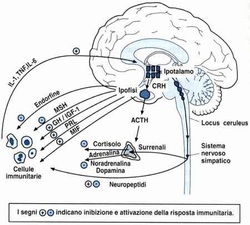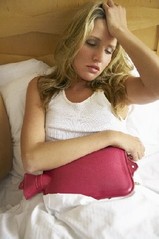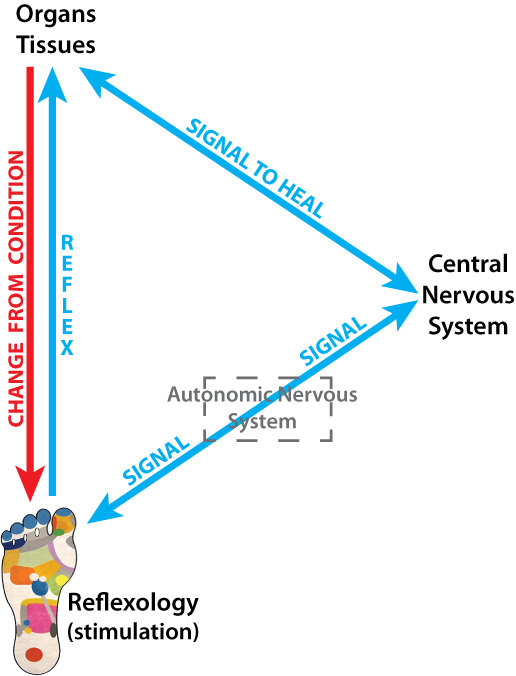Neuro-endocrino-immunology

Modern psychosomatic medicine has expanded rapidly and today it involves a broad spectrum of scientific disciplines. The ground-breaking conclusions of neuroscience, physics, molecular biology, genetics and medical technology have proven many of the hypotheses and notions put forward by representatives of psychosomatic medical community many years ago. The notion that all our feelings are experienced and psycho-neuro-endocrino-immunologically expressed in the body has been scientifically proven during the last decade. More so: all our physical functions have their psychological antecedent. Soma and psyche are two aspects of human life and there is a constant interplay between the two. This interplay is transmitted via biochemical signals which can thus be considered to be messengers between the different peripheral parts of the body and its central nervous system, the brain, which represents the superior and overall control unit. The environment in which man finds himself - psychosocial as well as physical - has a profound influence on his inner psychobiological reality. This inner reality in turn reflects the relationship between his psychic and physical processes. Furthermore, each individual influences his surroundings through actions that are preceded by his own thoughts and feelings
COPYRIGHT by Dr. A. Virgili ReflexologyStudio - All rights reserved



